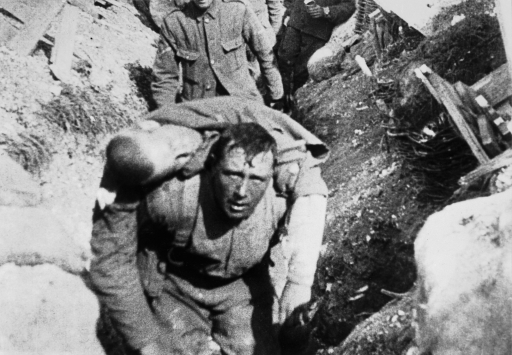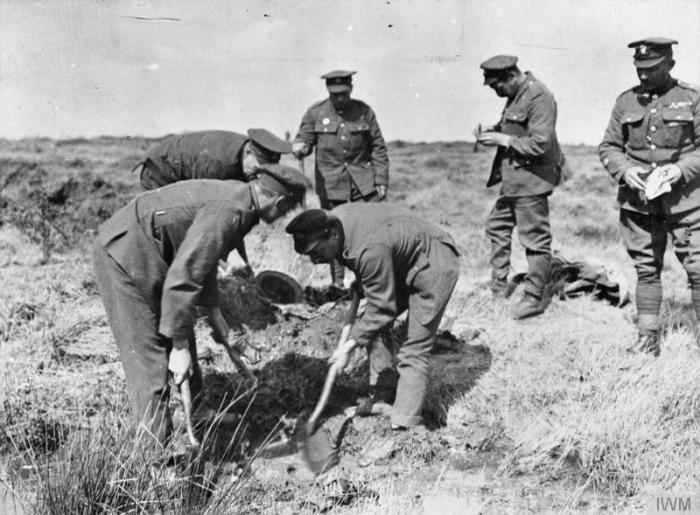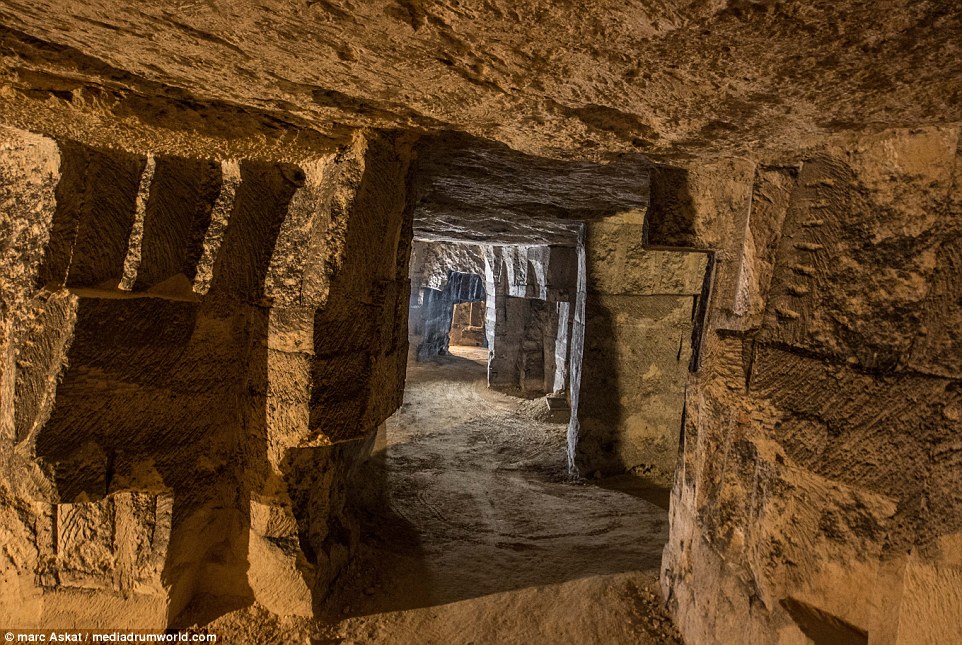
While I am not writing about the 1916 Battle of the Somme, one of the fiercest battles of the war, I can’t help bumping up against material about it, and, truly, about a good deal that does not have to do with The Battle of Bellicourt Tunnel which is the subject of the book. As you have seen already, the blogs travel into elements of the war and warfare that are not part of battles. HOWEVER, this is the one hundredth anniversary of the filming of the 1916 documentary, The Battle of the Somme. It is an amazing feat of filmmaking. This is considered the most important documentary of the war. At the Imperial War Museum in London the 75 minute film is shown almost constantly. It has its own screen and seating area. I watched it when I was there last year. This year I will buy a copy. There is another contemporary documentary about the documentary’s making. I will buy that one, too. Soon after we get home in August we will have a showing of the two at our house. They won’t be on the same evening. Look forward. I see that Amazon has a 47 minute version that can be downloaded. Those of you with Prime can see it for free.










